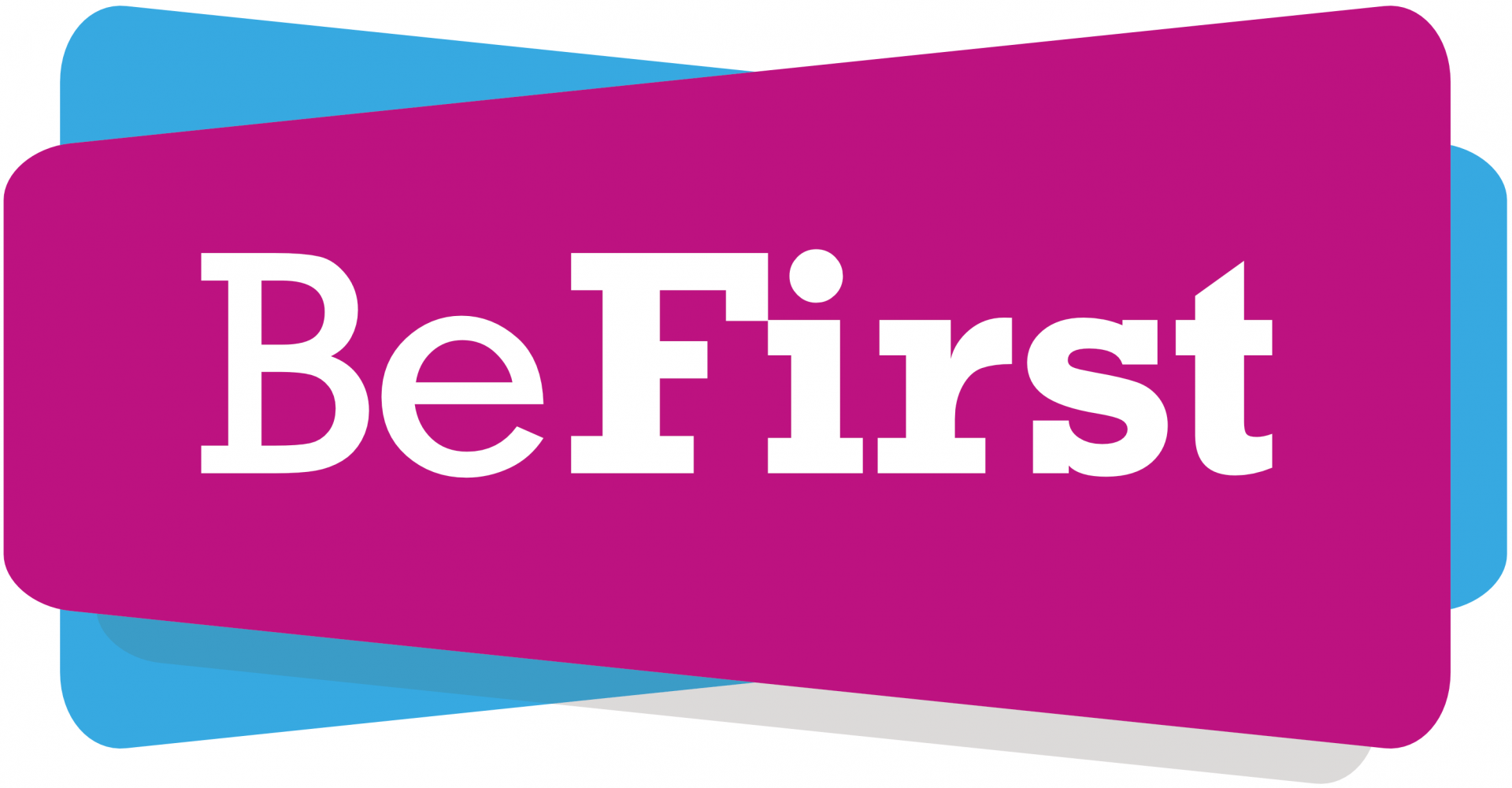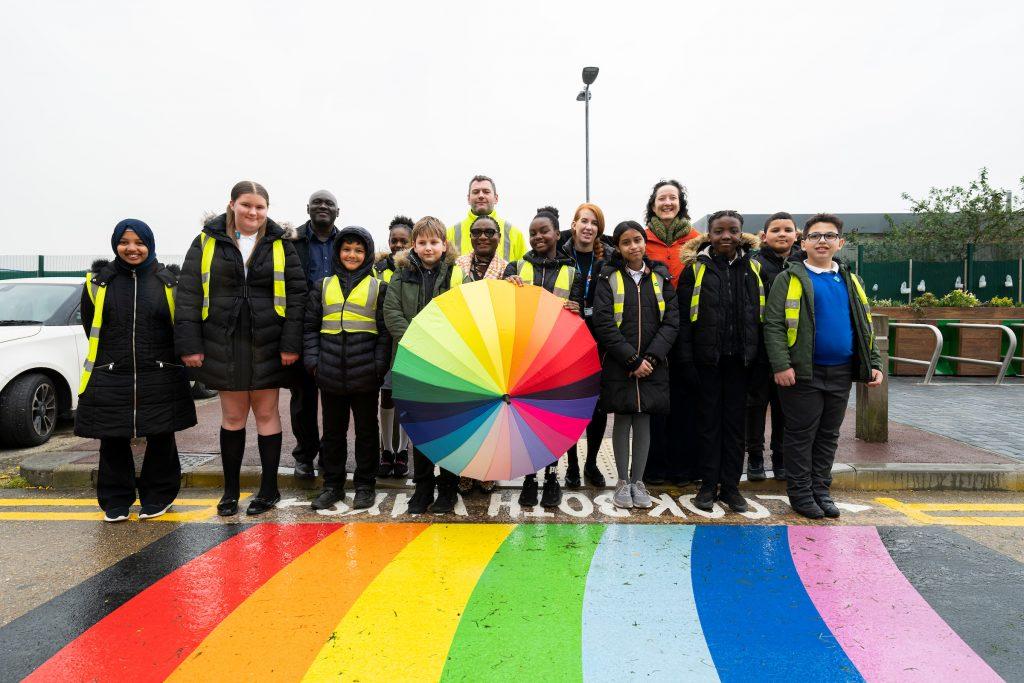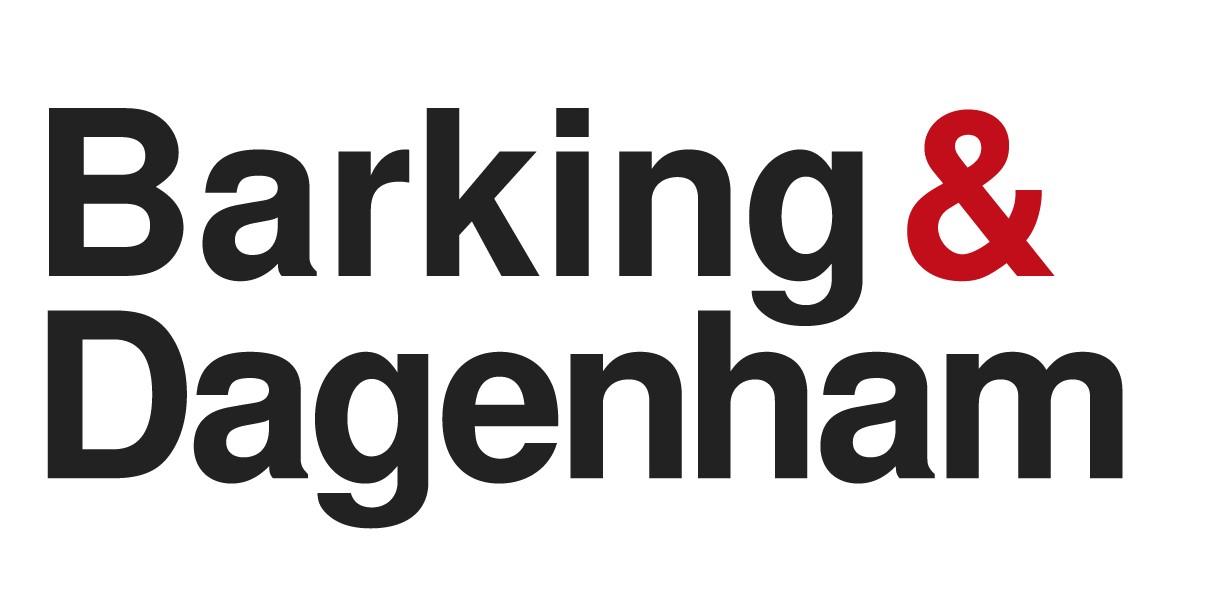A multi-coloured road crossing has added a bright new twist to the journey to school for pupils of William Bellamy primary.
The crossing, introduced by Becontree Heath Low Emissions Zone project team, aims to improve road safety and encourage children and parents to walk to school more regularly.
Victoria Spashett, Be First’s Project Manager for the Low Emissions Zone, explains: “Parents tell us that road safety is one of parents’ main worries when thinking about their children walking to school. So, our technicolour dream crossing was chosen by the children to encourage them to be more positive about walking and crossing at a single location on Stour Road, and to lessen people’s reliance on cars for the school run.”
Georgina Nottage, Rights Respecting Ambassador at William Bellamy School, added: “Even small amounts of exercise – such as walking to school – are proven to be not only beneficial to pupil’s health but also to their learning, so we are delighted to have this extra crossing as part of a package of measures to encourage active travel in and around our school.”
Councillors Sade Bright and Olawale Martins met pupils and staff at the school to hear more.
“I was really pleased to hear about how the children have been involved in this project and their enthusiasm for it,” said Councillor Bright. “It’s vital that children and parents feel safe on the streets. And, if we can reduce school run traffic, we can free-up space for everyone else, reduce pollution and improve the health and well-being of our children.”
Matthew Revell, Managing Director of Marlborough Highways said: “We were very keen to support the Becontree Heath Low Emissions Zone project team with their ambitions to improve road safety and promote walking to school. We hope our contribution will help to make a real difference to the community and we look forward to working with William Bellamy Primary School again in the near future.”
The crossing is part of a package of interventions designed to improve air quality in Becontree Heath, which include activities designed to encourage ‘active travel’, such as walking and cycling, through the provision of free learn to ride sessions, cycle parking and environmental projects such as new benches, tree planting and bee corridors.
The technicoloured crossing official status is an ‘informal crossing’ and it is being used as a pilot project and will be closely monitored by a sensor that captures information about speed and volume of pedestrians, cyclists and vehicles. Residents and the school community will be invited to share their thoughts and feedback to establish its impact on traffic and safety, and if it is successful, it may be introduced more widely. The sensor does not collect any personal data/registration information.
The Low Emissions Neighbourhood project is TFL funded with support from The Mayor’s Air Quality Fund, delivered in partnership with Be First and the London Borough of Barking and Dagenham.



